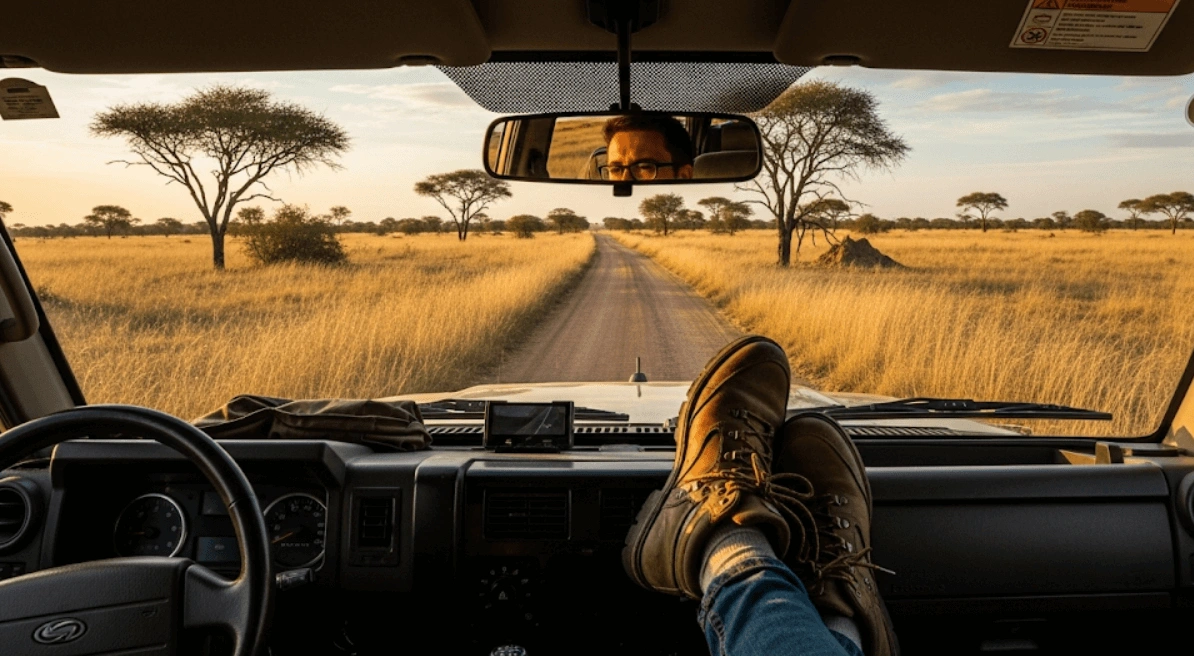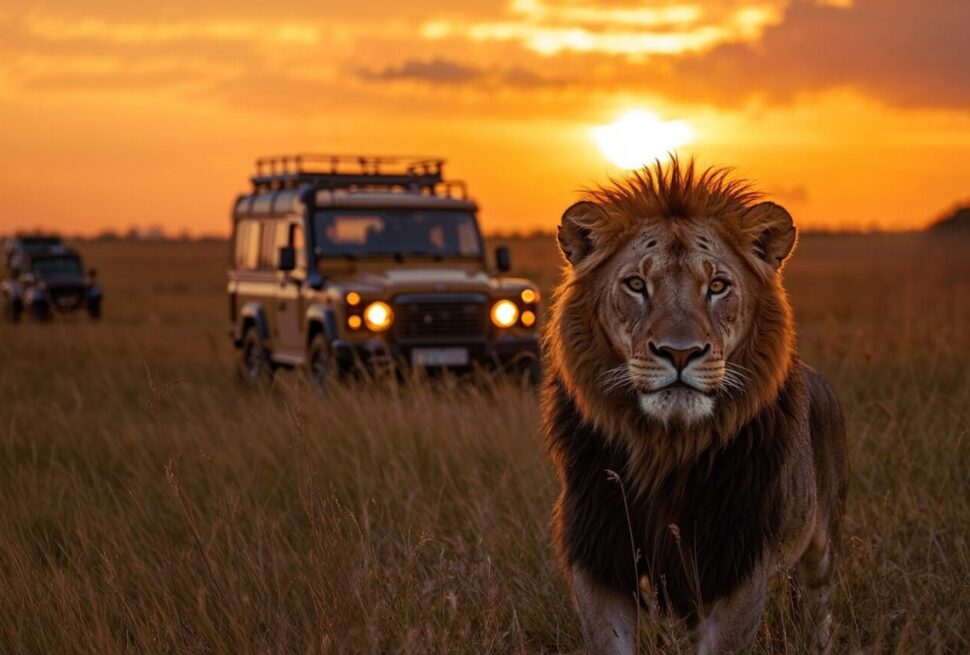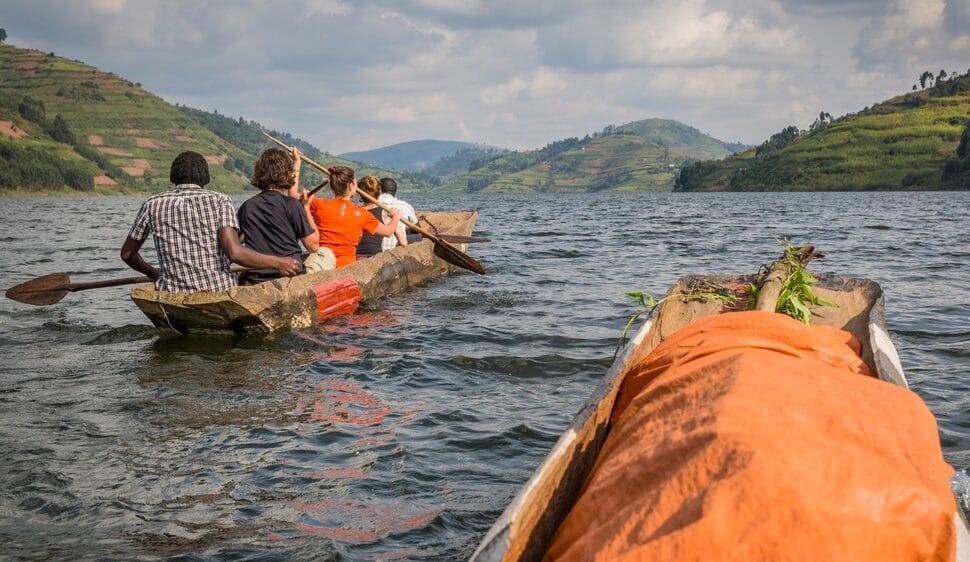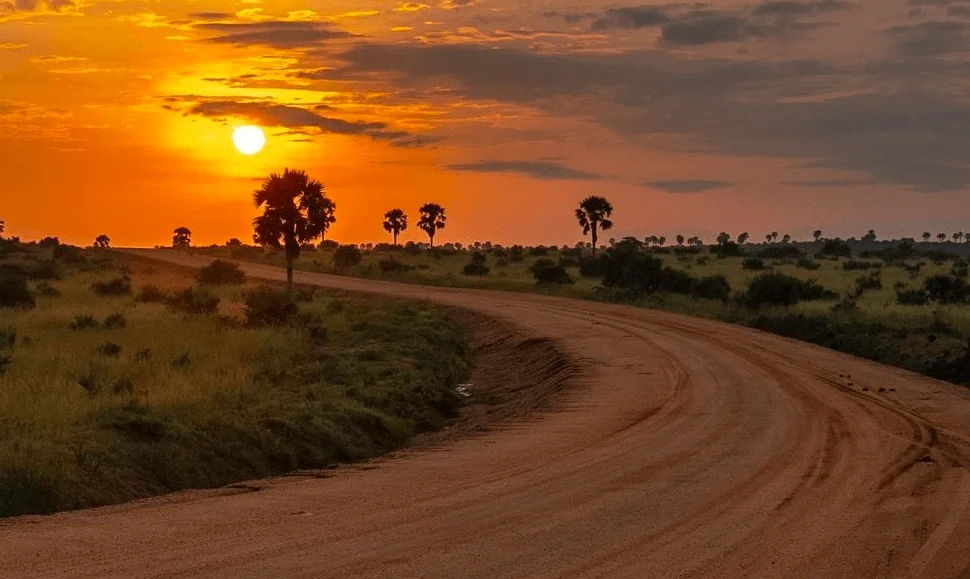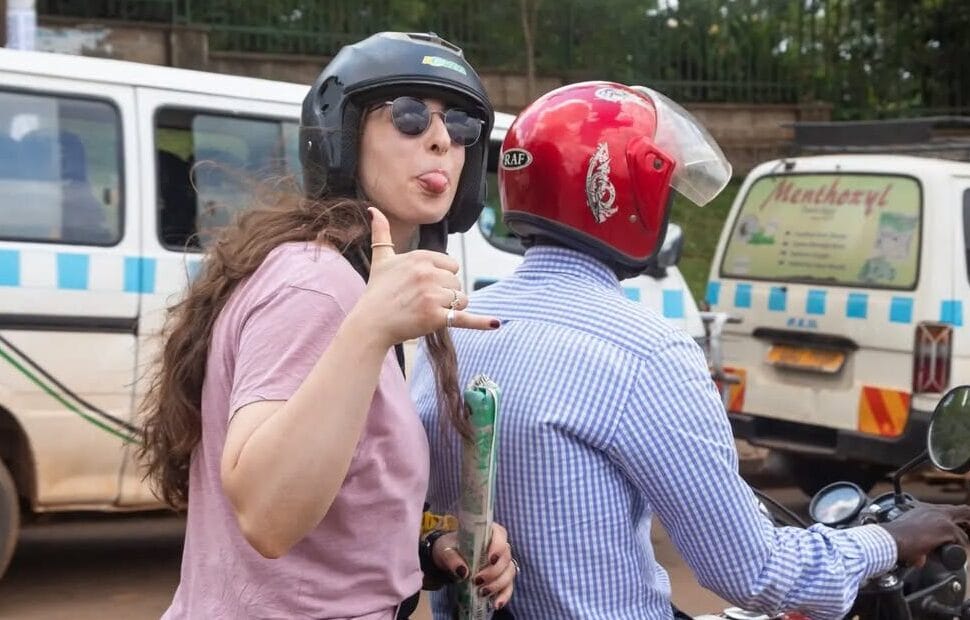Driving yourself through Uganda sounds like the ultimate adventure. No guide. No fixed schedule. Just you, the open road, and the untamed wilderness. But here’s the question most travel blogs gloss over: is it actually a good idea?
Self-drive safaris in Uganda can be thrilling, but they’re not for the faint-hearted. They come with real risks, logistical hurdles, and nuanced cultural dynamics that outsiders often miss.
Let’s unpack what most people don’t tell you.
Key Takeaways
- Self-drive safaris in Uganda demand serious driving skill, local awareness, and sharp logistical planning.
- Poor road conditions, limited signage, and unpredictable wildlife movement can challenge even seasoned travelers.
- Many parks allow self-drivers, but some restrict certain routes to guided vehicles for safety.
- Self-drive costs may seem lower upfront but can escalate quickly through vehicle repairs, park fees, and unexpected detours.
- For some travelers, the freedom is worth it—if you prepare properly and stay flexible.
The Allure and the Reality of Driving Yourself
On paper, a self-drive safari sounds ideal. Total independence. The chance to linger where you please, to chase moments on your own terms. But this version often skips the messy parts.
Uganda’s roads, especially in and around national parks, aren’t always friendly to the uninitiated. Deep ruts, muddy patches, seasonal flooding—these aren’t occasional inconveniences. They’re daily realities, particularly in places like Queen Elizabeth National Park during the wet season.
You’ll need a 4×4, and you’ll need to know how to handle it when it sinks into a slick dirt track with no phone signal and no other vehicles in sight.
Uganda’s traffic patterns can also surprise first-time drivers. Right of way isn’t always clear. Road users range from cargo trucks to boda bodas to wildlife. Add inconsistent signage, and you’re looking at a system where local intuition often trumps formal rules.
Where Can You Actually Self-Drive?
Uganda’s national parks generally welcome self-drivers, but that doesn’t mean every route is fair game.
In places like Murchison Falls National Park, most main tracks are accessible to private vehicles, but some river crossing points and off-grid trails are restricted to guided tours or park-authorized vehicles for safety reasons.
Bwindi Impenetrable Forest is more complicated. While you can drive yourself to trailheads like Buhoma, you’re not trekking solo.
Gorilla trekking in Uganda requires permits, guides, and often advance coordination that’s tricky to manage on the fly. Self-drive can get you to the park gates—but it won’t get you into the gorilla groups.
And it’s worth noting: in remote parks like Kidepo, even experienced local drivers occasionally get stranded. Self-driving here isn’t just bold. It can be reckless if you’re not deeply prepared.
Safety and Logistical Challenges Most People Skip
Here’s where many glossy travel write-ups fall short—they over-romanticize self-drive safaris without digging into the real constraints.
- Navigation: Google Maps isn’t reliable in remote Uganda. You’ll need a mix of offline maps, local directions, and sometimes sheer guesswork. Missing a turn could mean hours added to your route.
- Breakdowns: Car rental companies will often give you a contact for mechanical support—but don’t expect instant help. Some areas have no mobile network, and even when you do reach someone, roadside recovery could take a full day.
- Wildlife Etiquette: Without a guide, many travelers misread animal behavior. Approaching too close or misjudging an elephant’s warning signs can have dangerous consequences. Unlike guided gorilla trekking, where ranger expertise protects you, self-drive leaves you to read the wild on your own.
- Border Crossings and Permits: If you plan to drive across into Rwanda or Kenya, you’ll need extra insurance, COMESA stickers, and occasionally a police clearance letter. These aren’t optional, and arranging them on the ground can stall your journey for days.
License Requirements for Non-Ugandans
Uganda recognizes most foreign driving licenses, but there are important details that catch many travelers off guard.
What Type of License Do You Need?
If your license is in English and clearly shows your photo and vehicle categories, you can legally drive in Uganda for up to three months. After that, you’ll need to get a Ugandan driving permit. For most safari trips, your home license is enough.
If your license isn’t in English—say it’s in French, German, or Japanese—you’ll need either an International Driving Permit (IDP) or a certified English translation. Even when the police accept your license, many car rental agencies quietly insist on an IDP as a condition of hire.
Why? It’s about risk. Some insurance providers will deny claims if you don’t have an IDP, regardless of whether local traffic officers accept your documents. It’s a technicality, but it can leave you exposed in the event of an accident. You can check IDP guidelines for Uganda through this useful resource from the International Drivers Association.
Age Limits and Driving Conventions
Many Ugandan rental companies impose minimum age restrictions for 4×4 rentals—commonly 23 or even 25—regardless of your home country’s licensing age. It’s a fine-print rule that can ruin your plans if you arrive at the desk unaware.
Also, keep in mind: Uganda drives on the left. If you’re used to driving on the right, this adjustment is manageable on highways but can trip you up in tight village corners, crowded towns, or quick wildlife encounters where hesitation matters.
Roadblocks, Borders, and Documents You Must Carry
Roadblocks are frequent in Uganda. They’re typically quick and routine, but you’ll need to present:
- Your original driver’s license (not just a digital copy)
- Vehicle rental papers
- Proof of insurance
Don’t rely on photos stored on your phone. Having physical documents within easy reach saves time and avoids suspicion.
If you plan to drive across borders—into Rwanda or Kenya, for example—you’ll need a COMESA Yellow Card (a regional insurance certificate) and, in some cases, a police clearance letter for the vehicle. These aren’t automatically included in your rental. You must request them in advance, and failing to do so can derail your trip entirely.
Speed Limits in Uganda
Ugandan speed limits can feel low to travelers used to fast, open highways, but they’re enforced—especially at roadblocks and in town centers.
- Major highways: 80 km per hour
- Town roads: 50 km per hour
- National parks: 30 to 40 km per hour depending on track conditions
In national parks, going faster isn’t just illegal—it’s dangerous for both you and the wildlife.
Cost Realities of Self-Drive in Uganda
At first glance, self-driving seems cheaper. No guide fees, no packaged tours. But the economics can shift fast.
- 4×4 rental costs: Good safari-ready vehicles in Uganda start around $90–150 per day, sometimes more with full insurance.
- Fuel: Distances are long, fuel stations are infrequent in rural areas, and prices can fluctuate wildly.
- Repairs: Damage to tires, undercarriage, or suspension is common. Some rental agreements cover basic issues, but many do not.
- Park Fees: Vehicle entry fees, driver permits (if you later hire one), and multi-day access can quickly add up. For example, gorilla permits in Uganda are a fixed cost whether you self-drive or not.
It’s rarely as cheap as it looks on the surface.
When Self-Drive Might Make Sense
For travelers with significant off-road driving experience, mechanical know-how, and a flexible, patient attitude, self-driving can be deeply rewarding. It lets you break away from typical routes and move on your own rhythm.
But you need to be honest about your tolerance for discomfort, your navigation skills, and your capacity to solve problems in places where the cavalry won’t come quickly.
And always, always travel with a backup plan.
Thinking of planning a safari with a little more structure? Request a quote and we’ll help you tailor an experience that fits your appetite for adventure—whether that’s fully independent, fully guided, or somewhere in between.
FAQs
Can I self-drive in all Ugandan national parks?
Most parks allow self-driving on main tracks, but some roads are restricted or seasonally inaccessible. Always check with park authorities.
Do I need special permits for a self-drive safari?
No special permit beyond standard park entry, but vehicle fees apply. For cross-border trips, you’ll need additional insurance and clearance.
How safe is it to self-drive in Uganda?
It’s safe if you’re skilled, cautious, and well-prepared. But road conditions, wildlife proximity, and mechanical issues pose real risks.
What type of vehicle do I need for a self-drive safari?
A 4×4 with high clearance is essential, especially during the rainy season. Avoid standard sedans or two-wheel-drive cars.
Is self-drive actually cheaper than guided safaris?
Not always. Upfront rental seems cheaper, but fuel, repairs, and logistical delays can eat into savings fast.

